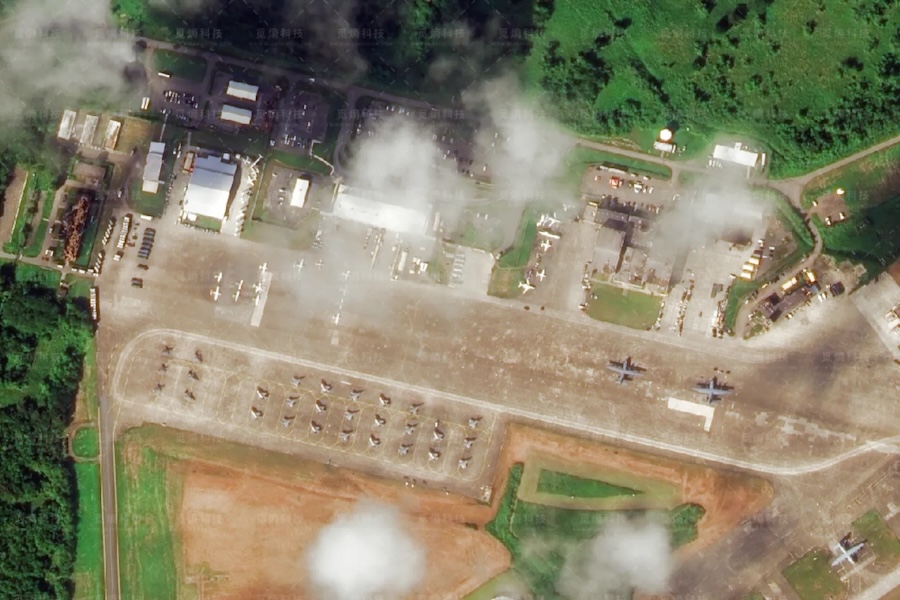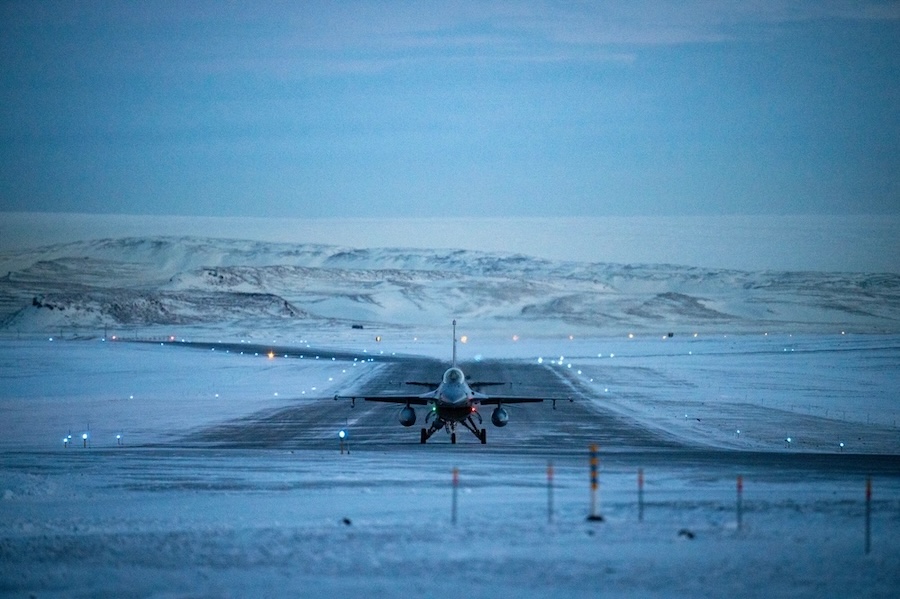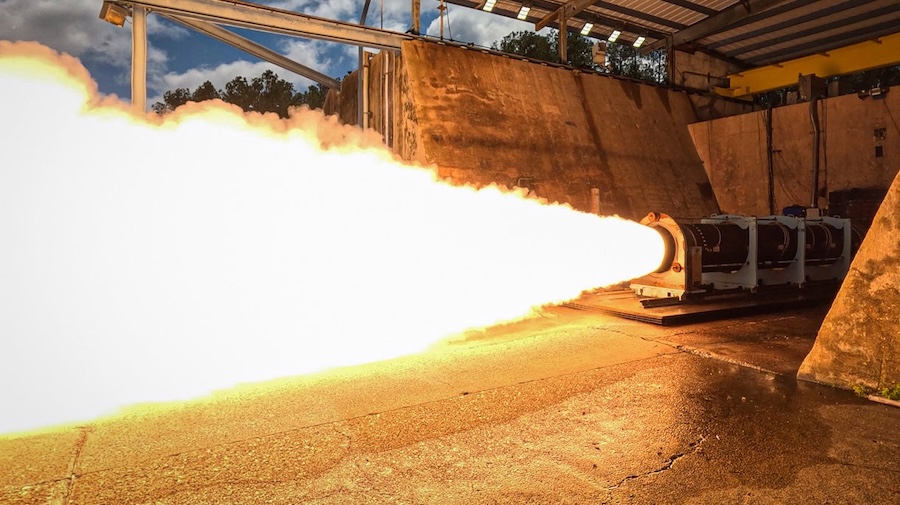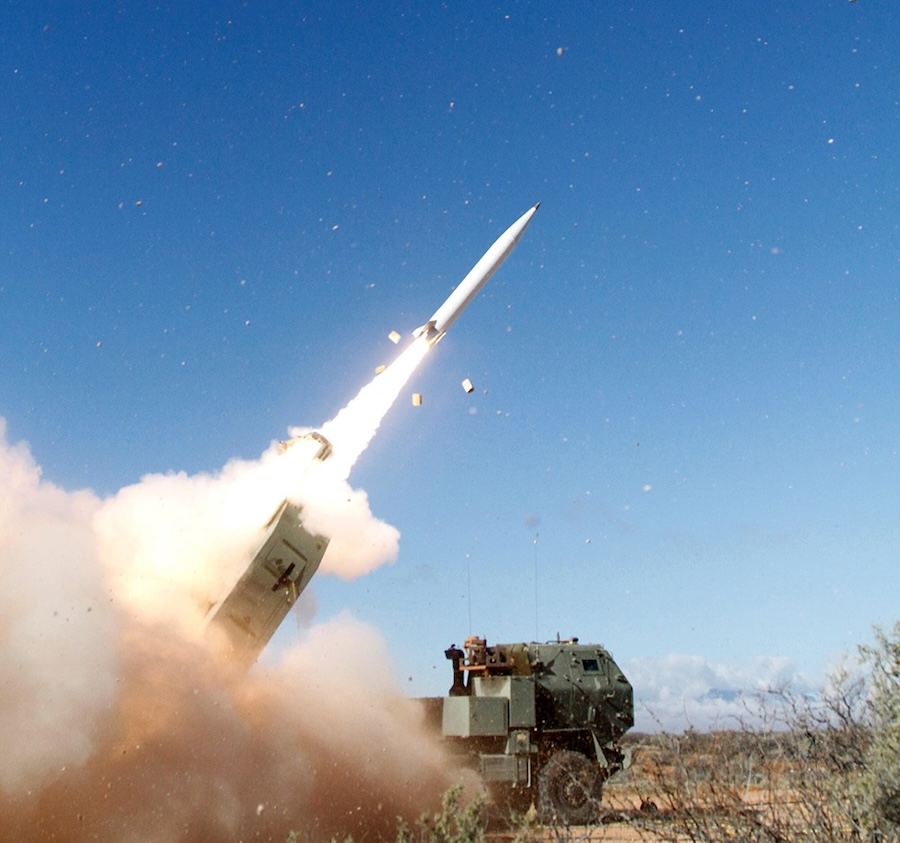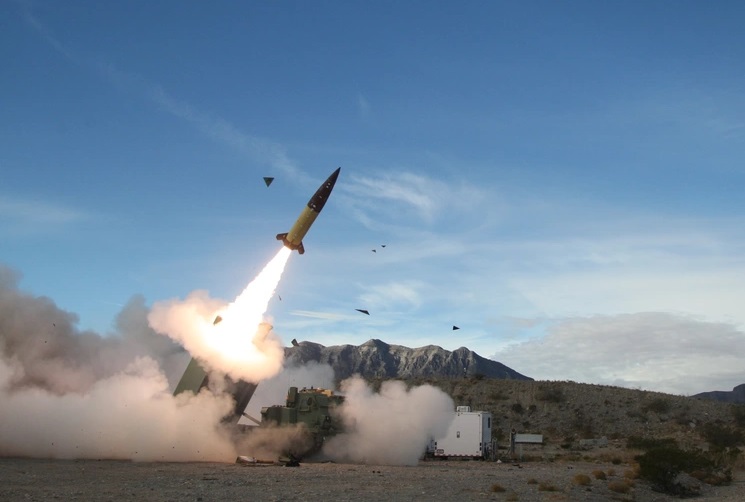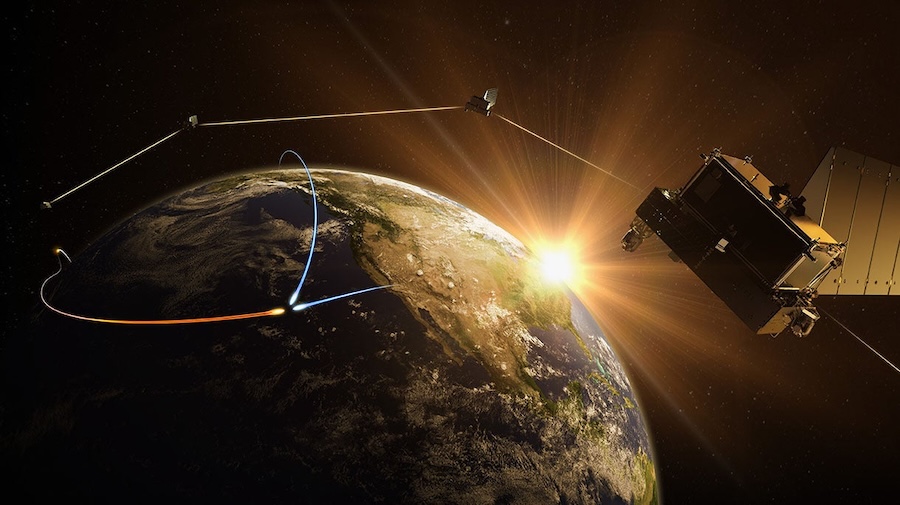“This development milestone validates that we have the core of our next-generation GNSS user equipment technology in place,” stated Luke Bishop, director of Navigation and Sensor Systems at BAE Systems. He highlighted that this new capability is vital for developing assured Position, Navigation, and Timing (PNT) products for both the U.S. and allied nations.
Increment 2 marks a significant advancement in signal processing, supporting additional satellite networks and enhanced core capabilities. The project aims to produce and qualify a compact receiver designed for applications demanding minimal size, weight, and power, enabling its use in a broad array of platforms, including handheld battery-powered devices.
This milestone builds on the capabilities of BAE Systems’ existing Selective Availability Anti-Spoofing Module (SAASM) and M-Code Increment 1 products. The new technology offers improved resilience against threats, supports field reprogramming, and provides a configurable software framework to adapt to mission requirements.
BAE Systems’ diverse range of M-Code GPS and anti-jam solutions delivers reliable and adaptable navigation and guidance for various applications, including airborne systems, precision weaponry, handheld receivers, and embedded devices. The development of the Increment 2 MSI program takes place at BAE Systems’ cutting-edge facility in Cedar Rapids, Iowa, where the team continues to push the boundaries of next-generation GNSS technology.









